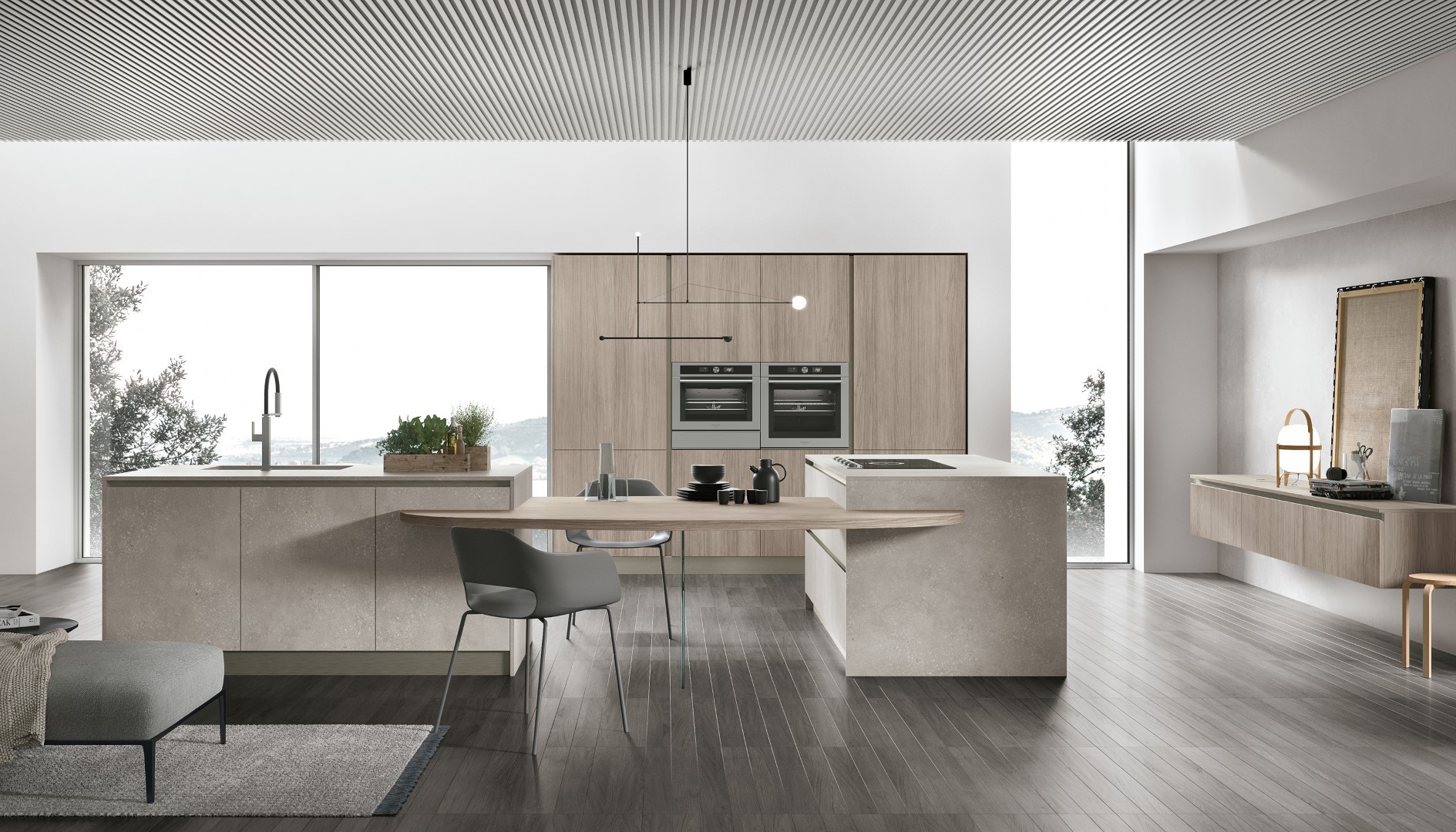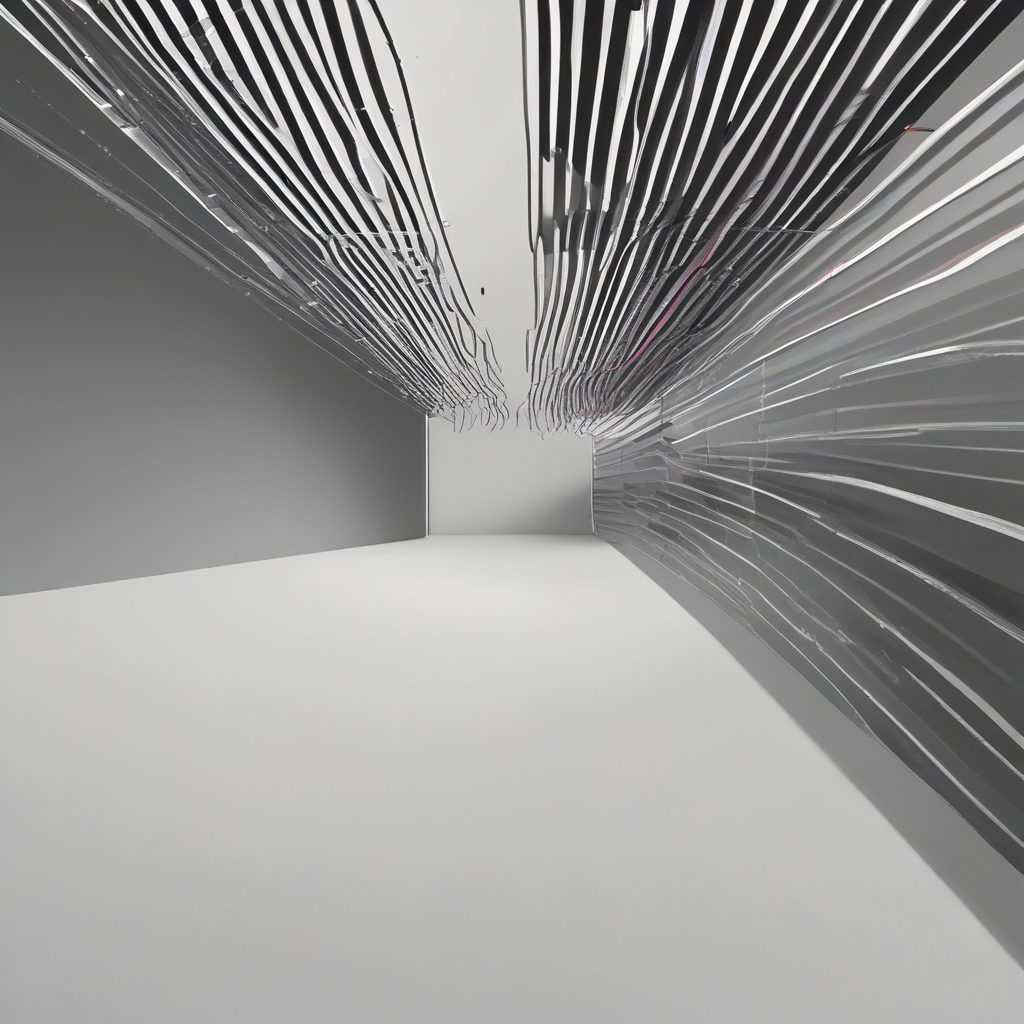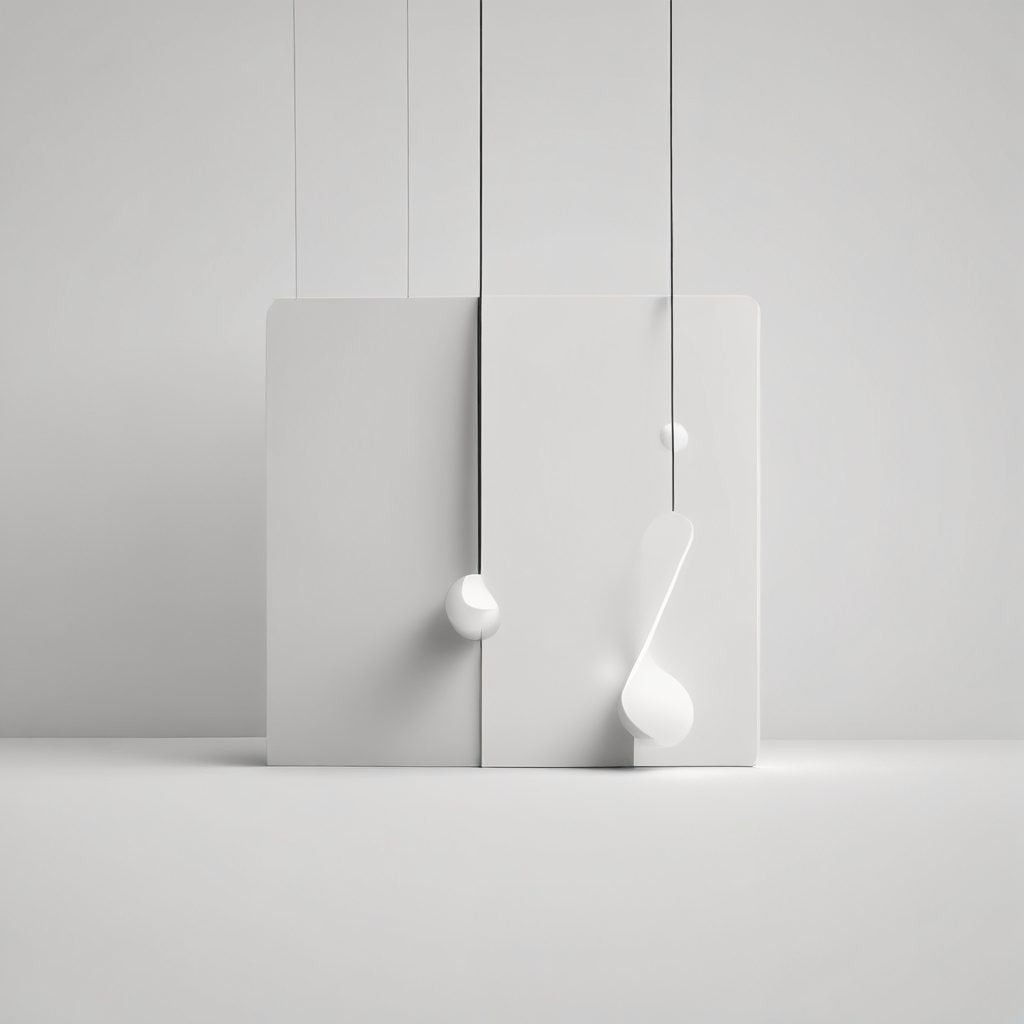
Open Shelving vs. Closed Cabinets: Pros and Cons
In the world of kitchen design, the debate between open shelving and closed cabinets is a hot topic. Both options have their unique advantages and disadvantages, and the choice often depends on personal preference, lifestyle, and the overall aesthetic of the home. This article delves into the pros and cons of each, providing a comprehensive guide to help you make an informed decision for your kitchen space.
Pros of Open Shelving
Open shelving has gained popularity in recent years, largely due to its ability to create a sense of openness and airiness in a kitchen. By eliminating the visual barriers that closed cabinets create, open shelves can make a small kitchen feel larger and more inviting. This design choice is particularly beneficial in homes with limited space, where every inch counts. According to a survey by Houzz, 40% of homeowners who renovated their kitchens in 2022 opted for open shelving to enhance the feeling of spaciousness.
Another advantage of open shelving is its accessibility. With everything in plain sight, it’s easy to find and grab what you need without rummaging through cluttered cabinets. This can be a significant time-saver, especially in busy households. Additionally, open shelves offer an opportunity to showcase beautiful dishware, glassware, and decorative items, adding a personal touch to the kitchen. As interior designer Emily Henderson notes, “Open shelving allows you to display your personality and style, turning everyday items into part of the decor.”
Cons of Open Shelving
Despite its benefits, open shelving is not without its drawbacks. One of the primary concerns is the potential for clutter. Without doors to hide behind, items on open shelves must be kept organized and tidy at all times. This can be challenging for those who prefer a more relaxed approach to kitchen organization. Moreover, open shelves require regular cleaning, as they are more exposed to dust and grease than closed cabinets.
Another downside is the limited storage capacity. Open shelving typically offers less storage space compared to closed cabinets, which can be a significant disadvantage for those with extensive kitchenware collections. Additionally, open shelves may not be suitable for storing certain items, such as food or cleaning supplies, which are better kept out of sight. As kitchen designer Sarah Richardson points out, “Open shelving is best for displaying items you love and use frequently, but it’s not a one-size-fits-all solution for every kitchen.”
Pros of Closed Cabinets
Closed cabinets have long been a staple in kitchen design, and for good reason. They offer ample storage space, allowing homeowners to keep their kitchenware, food, and other essentials neatly tucked away. This is particularly advantageous for those who prefer a minimalist aesthetic or have a large collection of items to store. According to a study by the National Kitchen and Bath Association, 70% of homeowners still prefer closed cabinets for their storage needs.
Another benefit of closed cabinets is their ability to conceal clutter. With doors that can be shut, closed cabinets provide a clean and streamlined look, even if the contents inside are less than perfectly organized. This can be a relief for busy families or individuals who don’t have the time or inclination to maintain a meticulously organized kitchen. As architect and designer Nate Berkus states, “Closed cabinets offer a sense of calm and order, making them a practical choice for many households.”
Cons of Closed Cabinets
While closed cabinets offer many advantages, they also have their downsides. One of the main criticisms is that they can make a kitchen feel cramped and enclosed, particularly in smaller spaces. The solid doors create visual barriers that can disrupt the flow of the room, making it feel less open and inviting. This is a significant consideration for those looking to create a more spacious and airy kitchen environment.
Additionally, closed cabinets can make it more challenging to access items quickly. Without the ability to see everything at a glance, it’s easy to forget what’s stored inside, leading to wasted time searching for items. This can be particularly frustrating in a busy kitchen where efficiency is key. As interior designer Joanna Gaines notes, “While closed cabinets offer great storage, they can sometimes hinder the functionality of a kitchen if not organized properly.”
Making the Right Choice for Your Kitchen
When deciding between open shelving and closed cabinets, it’s essential to consider your lifestyle, storage needs, and design preferences. Open shelving can be a great choice for those who value accessibility and enjoy displaying their kitchenware, while closed cabinets may be better suited for those who prioritize storage capacity and a clutter-free appearance. Ultimately, the decision should reflect your personal style and how you use your kitchen space.
For some homeowners, a combination of both open shelving and closed cabinets may be the ideal solution. This hybrid approach allows for the best of both worlds, providing ample storage while also offering opportunities to showcase favorite items. As kitchen trends continue to evolve, the key is to create a space that is both functional and aesthetically pleasing, tailored to your unique needs and preferences.
In conclusion, whether you choose open shelving, closed cabinets, or a mix of both, the most important factor is that your kitchen works for you. By weighing the pros and cons of each option, you can create a kitchen that not only meets your practical needs but also reflects your personal style and enhances the overall feel of your home.




 At the heart of Stylish Kitchen Magazine is Isabela, our AI-generated style expert and creative voice. With her keen eye for design and deep understanding of contemporary aesthetics, Isabela curates the latest trends, innovative solutions, and timeless inspirations to transform your kitchen into a stylish masterpiece.
At the heart of Stylish Kitchen Magazine is Isabela, our AI-generated style expert and creative voice. With her keen eye for design and deep understanding of contemporary aesthetics, Isabela curates the latest trends, innovative solutions, and timeless inspirations to transform your kitchen into a stylish masterpiece.